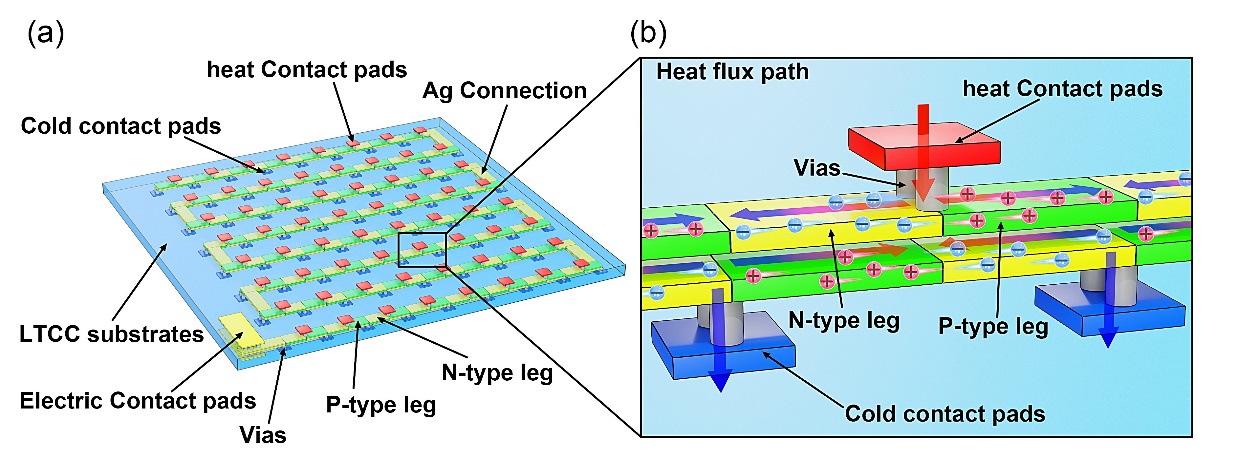Recently, under the guidance of Academician Zhuang Songlin, Associate Professor Wang Ning of the College of Optoelectronics of our University has made important progress in the field of electronic devices, and the relevant results have been published in the international authoritative journal IEEE Electron Device Letters in the field of microelectronics devices. Associate Professor Wang Ning is the first author, Master student Zhang Chen is the second author, University of Shanghai for Science and Technology is the first unit, and Dr. Shan Hengsheng from Shaanxi University of Science and Technology is the corresponding author. IEEE Electron Device Letters is the premier journal in the field of electronic Devices and the first flagship journal of the Electron Devices Society of the Institute of Electrical and Electronics Engineers (IEEE). This is also the first time that our school has published a paper in this journal.
With the development of microelectronics system towards high density integration, the problems of heat accumulation and thermal management become more and more serious. How to solve these power density thermal reliability problems is urgent. The transverse thermoelectric generator has obvious advantages in optimizing energy management and miniaturizing power supply. Combined with traditional process technology, low energy consumption and high performance thermoelectric power generation components can be developed integrated with power devices, so as to supply energy to distributed sensors or wearable devices and other low power devices. This in-situ energy acquisition technology is of great significance for the development of self-energy supply system.
The research group studied a synchronous conversion mechanism of transverse current to longitudinal thermal conductance, designed and developed a double-layer non-contact vertical thermal coupling transverse thermoelectric structure, and completed the device preparation of low temperature co-fired ceramic technology. An array component with Ag and AgPd material as thermocouple unit is formed, and a staggered distribution of cold and heat source lattice is constructed. At the same time, the research team designed a cavity groove structure between different cold and heat sources, and its heat loss was significantly reduced, thus improving the driving capacity of the temperature difference generator. The output voltage and power per unit area of the prepared transverse temperature difference generator have been significantly improved. The development of this new transverse thermoelectric device opens up a new idea for the development of high-performance thermoelectric conversion devices, and the results have been supported by Shanghai Magnolia Talent Plan Pujiang Project (2023PJD066).

Transverse thermoelectric device structure
The original link: https://ieeexplore.ieee.org/document/10416259
Group website: http://www.wangning985.com/